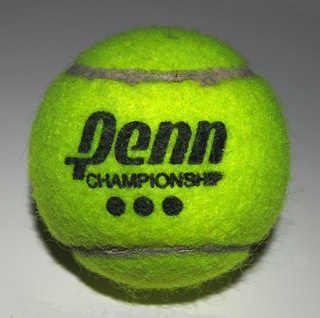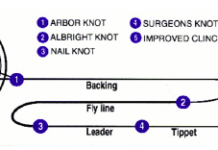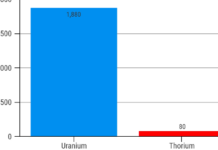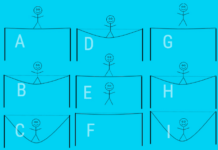Have you ever wondered why every time you open a brand new can of tennis balls you hear a pop! sound?
Tennis balls come in four speeds, three types of felt and two basic means for producing bounce, according to www.e-tennis.org. There are balls for different types of courts—clay, grass and sand, and different levels of competition and ground elevation. All together, there are 24 types of tennis balls, such as heavy duty, high elevation and championship.
Tennis balls are usually packed in a hermetically, or airtight, sealed cans containing three balls. The reason why every time you open the seal you hear an exploding sound is that the can is pressurized. The reason for this is that tennis balls are hollow on the inside and its interior is filled with certain gas, such as nitrogen, which depends on the type of ball or the manufacturer, says e-tennis.org. The pressurization gives the ball its bounce.
According to freepatentsonline.com, a database for patent information, to preserve the bounce until the balls are used, all good quality pressurized balls are packed in pressurized containers. If the cans were not pressurized, the air inside the ball would escape, or diffuse, through the fuzzy skin of the ball, causing the ball to more quickly "die" or bounce less.
Why do tennis balls stored in the canister for long periods of time still bounce after being opened? According to freepatentsonline.com, the cap of the can is an integral pump, providing the necessary amount of pressure inside the container to stop the gas from escaping through the skin of the ball, no matter how long the ball is stored in the can.
Some tennis balls are solid and sold in bags instead of canisters. These are pressureless balls, which are great for training because they do not lose their bounce, but will wear out slowly, says www.e-tennis.org.
Both pressurized and pressureless balls are used in International Tennis Federation (ITF) competitions. The official rules of the ITF state that in any professional tennis match with pressureless tennis balls, these tennis balls shall have an internal pressure no greater than 1 pounds per square inch (psi) or 7 kilopascals (kPa) compared to a regular ball which is 12 psi or 84 kPa.
“We open the tennis ball cans before every match to get the best quality of bounce for our varsity boys, ” says Jeff Grass, coach of the of the Pattonville High School tennis varsity/ junior varsity team. Grand Slam officials also open the tennis ball canisters right before the match, says the ITF.
When buying tennis balls it is very important to choose the right kind of ball because not all balls are the same. For example, if you live in Colorado you might want to buy high elevation balls, or if you want to play like the pros you might want to buy championship balls.














Wow, I never even knew there was more than one style of tennis balls. I’ve always thought it was one ball that could be used for all the different court types.
I had no idea about this. it really opened up more things to think about for me. Great article. I enjoyed reading it.